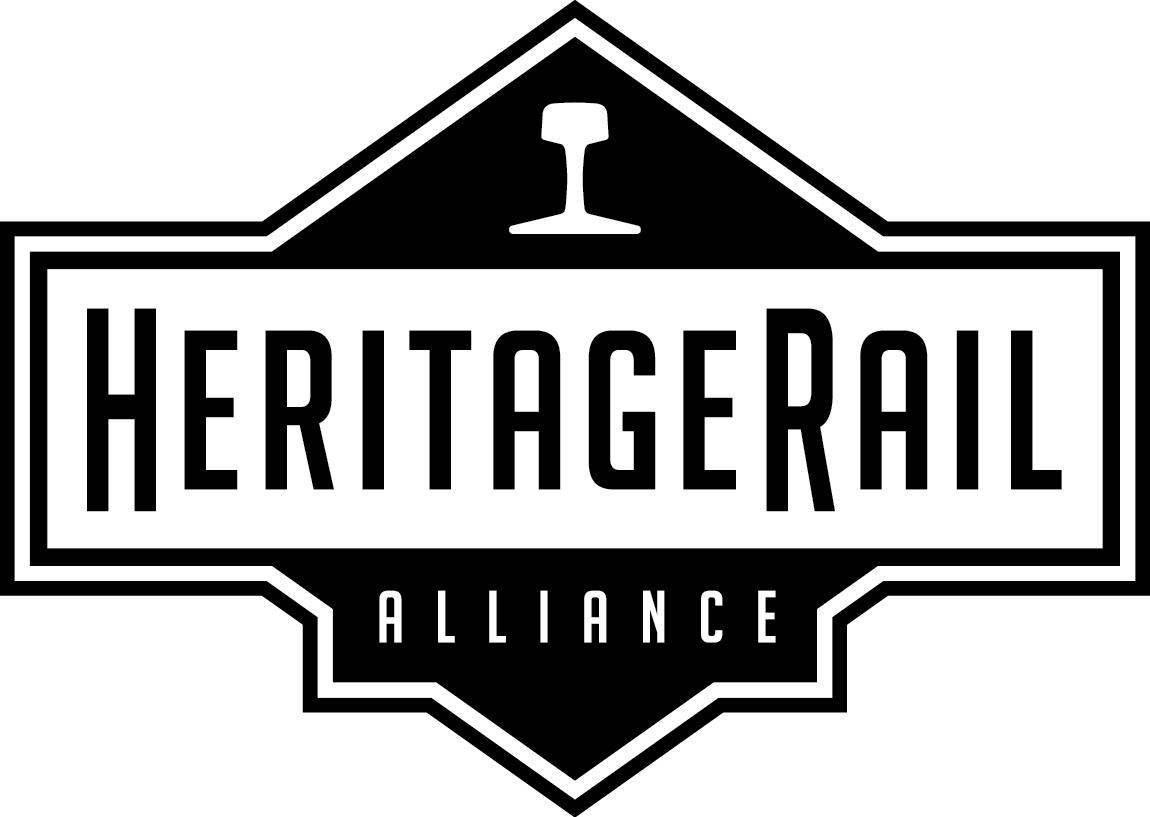
By Aaron Isaacs, HRA editor
Imagine a billionaire who was really into historic preservation and started collecting artifacts in the 1920s, when all sorts of good stuff was still around. The billionaire was Henry Ford and his collection became the Henry Ford Museum and its neighbor, Greenfield Village. I had visited Greenfield some years ago, but hadn’t had time for the Ford Museum, so the trip back from Vermont offered a chance to stop in Dearborn.
This is a world class technology museum, with the latest in exhibit technique and viewer friendliness. That’s great, but the artifacts overshadow the interpretive efforts. Of course there is a terrific automobile collection, but the wow for me was the amazing group of 18th and 19th century stationary engines, most from England. Also impressive were the electric generating equipment and machine tools.
Greenfield Village has its own operating steam railroad, while the museum displays three tracks worth of static pieces. Interestingly, the display tracks are connected to the general rail system. At the front of the tracks are the two pieces most often pictured and therefore the best known, mammoth Chesapeake & Ohio 2-6-6-6 #1601 (Lima 1941) next to the 1893 replica of pioneer steamer DeWitt Clinton and its train of stage coaches on flanged wheels.
The display tracks are too close together for good display, just like at less well funded museums, which is probably why the other pieces are less well known. Behind the DeWitt Clinton train is a real surprise, Atlantic & Gulf 4-4-0 Satilla (Rogers 1858).
 It is coupled to a really nice replica of a Civil War era Bangor & Aroostook coach, built by Ford in 1928. Ford, Thomas Edison and President Herbert Hoover rode this consist into the new museum when it opened in 1929.
It is coupled to a really nice replica of a Civil War era Bangor & Aroostook coach, built by Ford in 1928. Ford, Thomas Edison and President Herbert Hoover rode this consist into the new museum when it opened in 1929.
 Behind that is an eclectic but somewhat representative sample of rolling stock:
Behind that is an eclectic but somewhat representative sample of rolling stock:
A Detroit & Mackinac wood combine #100 (Barney & Smith 1901)

Bessemer & Lake Erie 2-8-0 #154 (Baldwin 1909)

Detroit, Toledo & Ironton wood caboose #77 (1925)

Fruit Growers Express wood ice reefer #55667 (FGE 1924), Canadian Pacific snowplow (CP Angus Shops 1923)
Early boxcar diesel 90 (Ingersol-Rand 1926)

Ford’s heavyweight private car Fair Lane (Pullman 1921)

There are streetcars as well, both single truckers. Cleveland Electric #165 (Brill 1892) is a classic first generation car.

Next to it is Fort Collins Municipal Railway Birney 26 (American 1924). The last small city Birneys in North America, most of the Fort Collins roster has survived, although dispersed.

Bonus trip photos
This string of rolling stock is parked next to the former Lehigh Valley station in Ithaca, New York. The building and train are owned by Chemung Canal Trust Company. Why would a bank have a train? Passenger service ended in 1961. The Station restaurant opened in 1963 and people dined in the cars. The little tank engine is Solvay Process Company #1 (Alco Cooke 1928). The coach behind it is ex-Boston & Maine. The restaurant folded in 2005.

I visited the Medina Railroad Museum in upstate New York. They run fall excursions on the Falls Road shoreline.
 The rest of the year the museum is open in the very large ex-New York Central freight house. Inside is an enormous HO gauge layout that includes scenes representative of the region. On the walls is a terrific collection of railroadiana, interspersed with fire fighting history. Well worth a stop.
The rest of the year the museum is open in the very large ex-New York Central freight house. Inside is an enormous HO gauge layout that includes scenes representative of the region. On the walls is a terrific collection of railroadiana, interspersed with fire fighting history. Well worth a stop.
We rode the ex-Chesapeake & Ohio ferry Badger across Lake Michigan. Here are a couple of photos that reveal its railway heritage.









